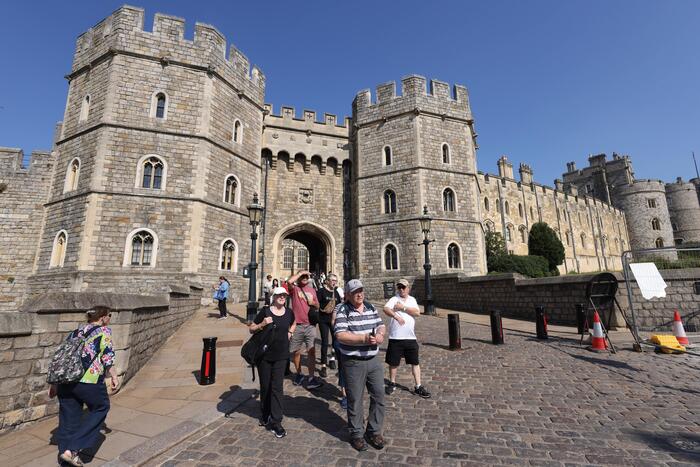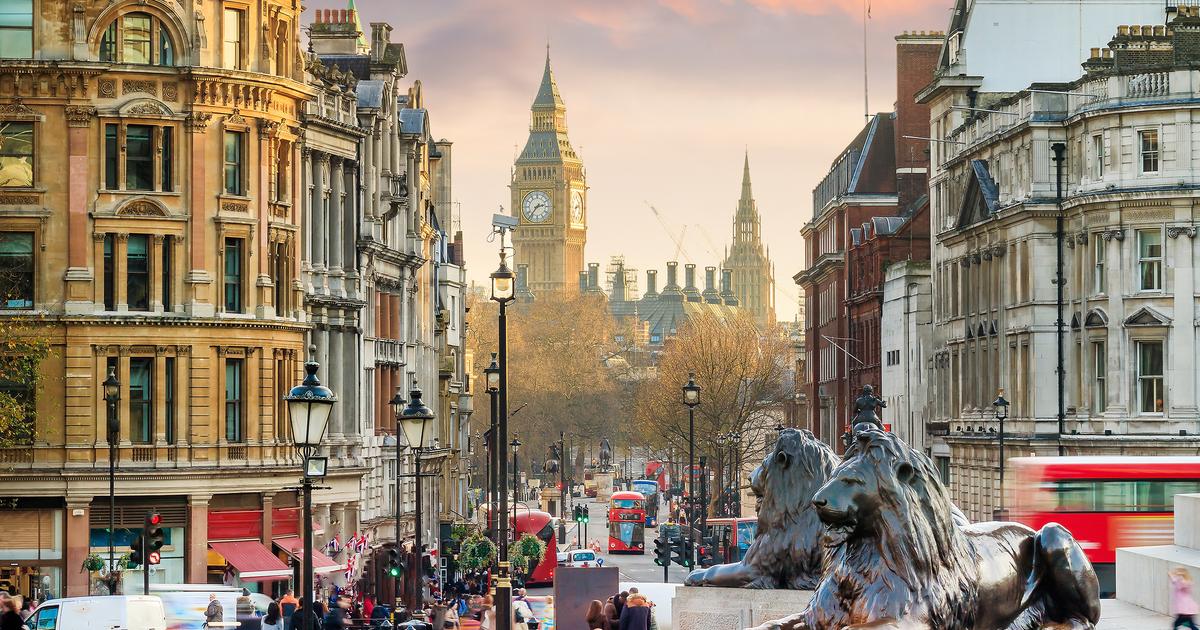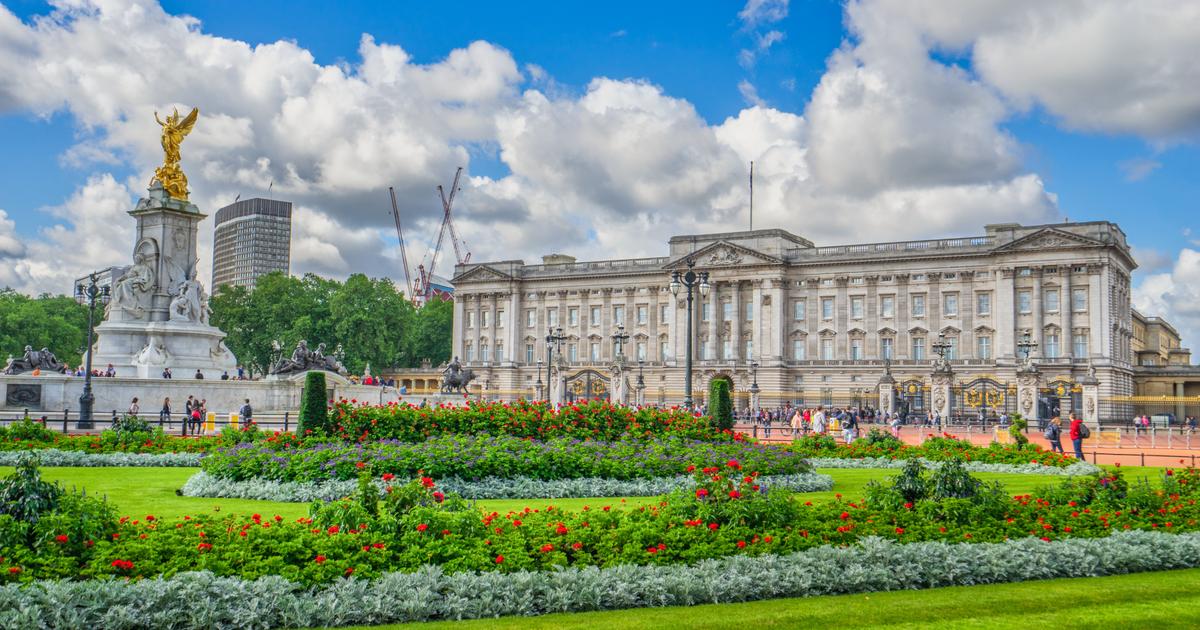Enlarge image
Liverpool Street: Station on the new Elizabeth Line
Photo: NEIL HALL/EPA
It seems like a superlative gift for Queen Elizabeth II's 70th jubilee: the opening of the first section of the new London underground, which bears the Queen's name.
But the timing is more of a coincidence.
Actually, the Elizabeth Line was supposed to start at the end of 2018, but it finally took 13 years, three and a half more than planned, until the long-awaited east-west axis of the British capital could go into operation.
In the spring of 2023, the line should then be completely passable.
At 6:33 a.m. local time, the first Elizabeth Line train left Paddington station in London with a few hundred passengers.
A number of transport fans had already stayed at the station during the night to be there.
Waiting in line for hours at a closed train station is the most British thing imaginable, a passenger told the BBC this morning.
"I'm excited.
I'm like the little boy just before Christmas,” admits London Mayor Sadiq Khan.
The line has already received royal honors.
Dressed in bright yellow, Her Majesty has personally declared the Elizabeth Line open.
The Queen looked like a phoenix with tremendous energy, project manager Mark Wild enthuses.
The construction of superlatives has ten new stations and 42 tunnels.
The connection shines in royal purple on the subway map.
But the construction time and budget are also record-breaking.
Costs also shot up from £14.8 billion to £19 billion because of the delay.
It was a digitally complex project, explains Wild.
Those responsible are sure that the investment is worthwhile.
With the Elizabeth Line, 1.5 million people moved to the city within a 45-minute radius, emphasizes Wild.
The new, ultra-long trains shoot through the tubes at almost 100 kilometers per hour, halving travel times between important hubs such as Paddington station and the financial center of Canary Wharf.
Those responsible cheer about a "game changer", i.e. a groundbreaking change.
Paddington evacuated due to fire alarm
The first morning, however, experienced a delay: just before 10 a.m., the police were called to the Elizabeth Line at Paddington station due to a fire alarm.
The station was evacuated.
The London Fire Brigade then found that the alarm had been triggered accidentally.
Passenger Valérie told the BBC that this meant she had to switch to the existing underground network from Paddington – instead of half as long, it took her twice as long to get to work from South Ealing in west London to Canary Wharf in the east: »It is a shame I didn't get to see the next section of the new line.
The people around me commented that it wasn't a good start." Otherwise she was satisfied: "Overall, the line is much more comfortable, the seats are more comfortable than in the tube, everyone took a seat, even though the wagon was full." And : "It's also quieter."
Fast connection between Stansted and Heathrow airports
Once fully operational, the link will extend 113 kilometers from Reading in Berkshire in the west, with a branch to major Heathrow Airport, to Shenfield in Essex in the east.
The connection time between Stansted and Heathrow airports, for example, should then be significantly shorter.
But functionality alone is not enough: With the Elizabeth Line, London wants to catapult its aging subway network to the top of the world.
Project manager Wild does not stop raving, he speaks of "cathedral-like stations", "acoustically and climatically perfect".
The new building is the "pride of the United Kingdom", offers "the best of British engineering" and is simply the "achievement of the century".
But it's not just the hymns of praise that put designers and those responsible for tube under pressure so that nothing can go wrong.
The modern tube with spacious stations and modern interior throws a spotlight on how dilapidated the London underground actually is.
Scoffers say little has changed since the first connection opened in 1863.
Critics complain about narrow and stuffy carriages, traffic has to be stopped regularly due to signal errors or flooding.
With up to five million passengers a day, the tube is the heartbeat of the city.
If things don't go on, London stands still.
There is no money for renovations, the pandemic has torn a huge hole.
Mayor Sadiq Khan has repeatedly argued with the central government about funding.
Possible sources of income are higher tolls for drivers in the city and a larger environmental zone.
Savings could also be made on the bus network: Because they will be doubled with the Elizabeth Line, Khan plans to move several bus lines from the city to the suburbs.
ab/dpa









